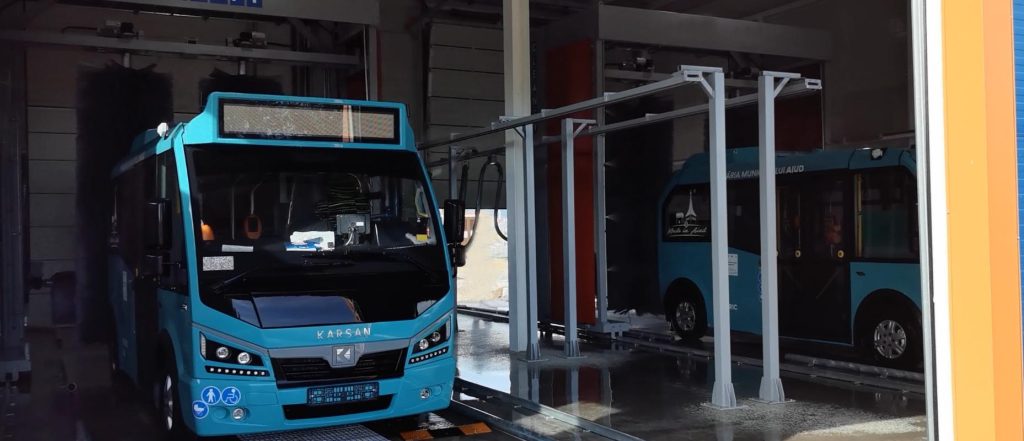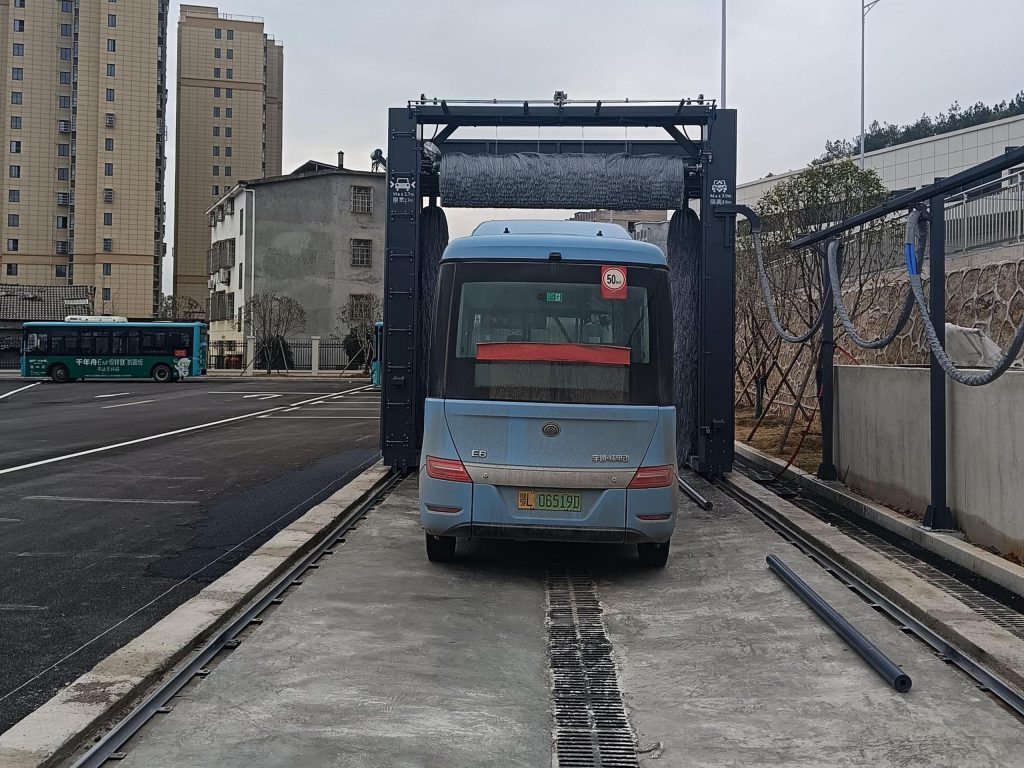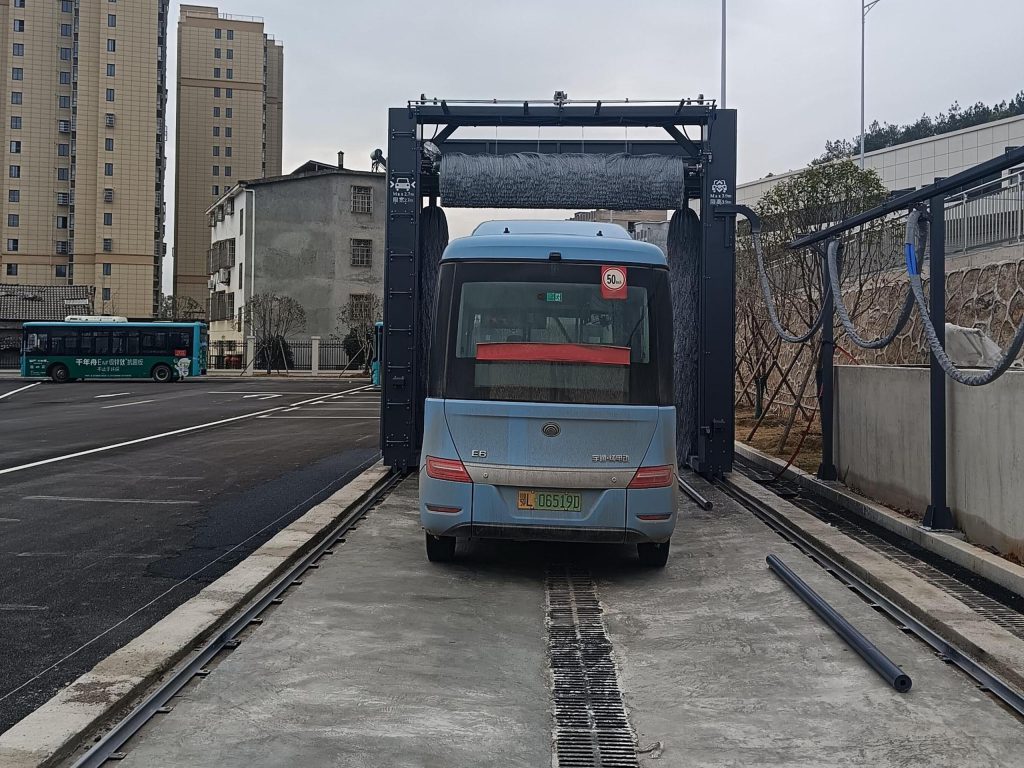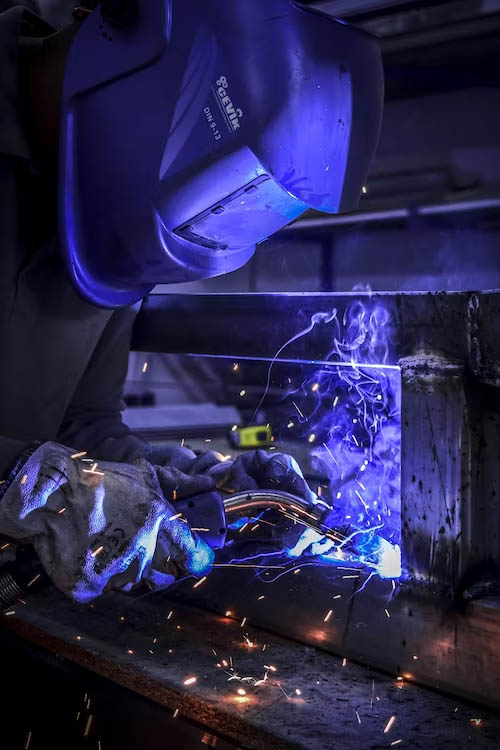For transportation operators and fleet managers, selecting the appropriate automatic brush bus wash machine isn’t just about cleaning vehicles—it’s a strategic business decision. The right equipment ensures vehicle longevity, maintains your professional image, and optimizes operational efficiency. With numerous options available in today’s market, understanding your specific requirements and evaluating key features becomes essential for making a sound investment.
This guide will help you navigate the selection process for your transportation enterprise.

The Business Impact of Proper Bus Washing Equipment
Irregular or inadequate washing doesn’t just affect appearance; it accelerates vehicle deterioration and increases long-term costs. Operations Director at CLEXANFY, notes, “Our investment in quality wash equipment reduced our exterior maintenance costs by 22% while extending the service life of our fleet.”
For service-oriented businesses, pristine vehicles communicate reliability and attention to detail. Moreover, inadequately cleaned buses can harbor road contaminants that potentially damage components and violate environmental compliance standards.
Comparing Automatic Bus Wash Technologies
Rollover vs. Drive-Through Systems
When evaluating bus wash machines, you’ll need to decide between two primary configurations:
Rollover Systems: How it works: The wash equipment moves over the stationary vehicle, providing comprehensive cleaning. Advantages: Space-efficient, lower water consumption, and often more thorough cleaning cycles. Best suited for: Operations with limited space or smaller fleets. Models like the M-BS0300Y Rollover Automatic Bus Wash Machine offer exceptional flexibility for various bus sizes with their adaptive pressure-sensing technology.
Drive-Through Systems: How it works: Buses drive through a stationary wash system with multiple cleaning stages. Advantages: Higher throughput capacity, ideal for high-volume operations with minimal turnaround time. Limitations: Requires more physical space and potentially higher water usage. Most operators choose rollover systems for operational efficiency and more precise cleaning capabilities.

Essential Features for Consideration
After determining your preferred system type, evaluate these critical specifications:
- Compatibility & Coverage: Your wash equipment must accommodate your largest vehicles. Verify height clearances, width tolerances, and effective cleaning coverage.
- Cleaning Cycle Duration: How quickly does your fleet need processing? Systems with optimized cleaning cycles can significantly reduce operational bottlenecks.
- Water Management: Look for systems incorporating water recycling capabilities. Efficient resource utilization reduces utility expenses while supporting sustainability initiatives.
- Brush Configuration: The number and arrangement of brushes directly impact cleaning effectiveness:
Three-brush bus wash systems: Provide comprehensive cleaning with top and side coverage. Five-brush bus wash systems: Offer additional cleaning precision but at higher equipment costs.
- Construction Materials: Hot-dip galvanized frames offer superior corrosion resistance, while high-quality brush materials ensure effective cleaning without vehicle damage.
- Automated Features: Advanced options like the M-BS0300Y’s pressure-sensing technology automatically adjust to different vehicle profiles, ensuring consistent cleaning results regardless of vehicle dimensions.
Assessing Your Operation’s Requirements
Begin your selection process by evaluating these operational factors:
Daily Volume: Higher throughput needs may justify more sophisticated equipment with faster processing times.
Facility Constraints: Measure your available space carefully—some systems require less installation footprint than others.
Budget Considerations: While evaluating purchase price, calculate total ownership costs, including water usage, maintenance, and operational efficiency.
Installation Considerations and Maintenance Planning
Implementing an automatic brush bus wash machine requires proper planning:
Site Preparation: Most installations require concrete pads, drainage systems, and appropriate utility connections.
Staff Training: Comprehensive operator training ensures maximum equipment effectiveness and longevity.
Maintenance Schedule: Establish regular inspection protocols—preventative maintenance significantly reduces unexpected downtime.
Partner with suppliers offering responsive technical support and readily available replacement parts to minimize potential service interruptions.
Financial Analysis and Return on Investment
Though initial investment may seem substantial, the operational benefits typically justify the expenditure:
Labor Reduction: Automated systems dramatically decrease manual cleaning requirements and associated personnel costs.
Extended Vehicle Lifespan: Regular professional cleaning prevents premature corrosion and exterior degradation.
Resource Optimization: Advanced systems with programmable detergent dispensing minimize chemical waste while maximizing cleaning effectiveness.
A comprehensive analysis typically reveals significant cost advantages over the equipment’s operational lifespan.
Implementation Success from Industry Peers

Consider these real-world implementation examples:
Regional public transport centres reduced their cleaning staff requirements by 65% after implementing a three-brush rollover system, reallocating personnel to higher-value maintenance tasks. M-BS0300Y decreased their water consumption by 38% using a recycling-equipped automatic brush system, significantly reducing their environmental footprint.
These practical experiences demonstrate the tangible benefits of strategic equipment selection.
Making Your Decision
Selecting the appropriate automatic brush bus wash machine requires balancing immediate budgetary constraints against long-term operational benefits. By carefully evaluating your fleet requirements, facility limitations, and key performance features, you’ll identify equipment that aligns with your business objectives.
Taking this important step will transform your fleet maintenance operations, enhance your professional image, and protect your vehicle investment for years to come.



